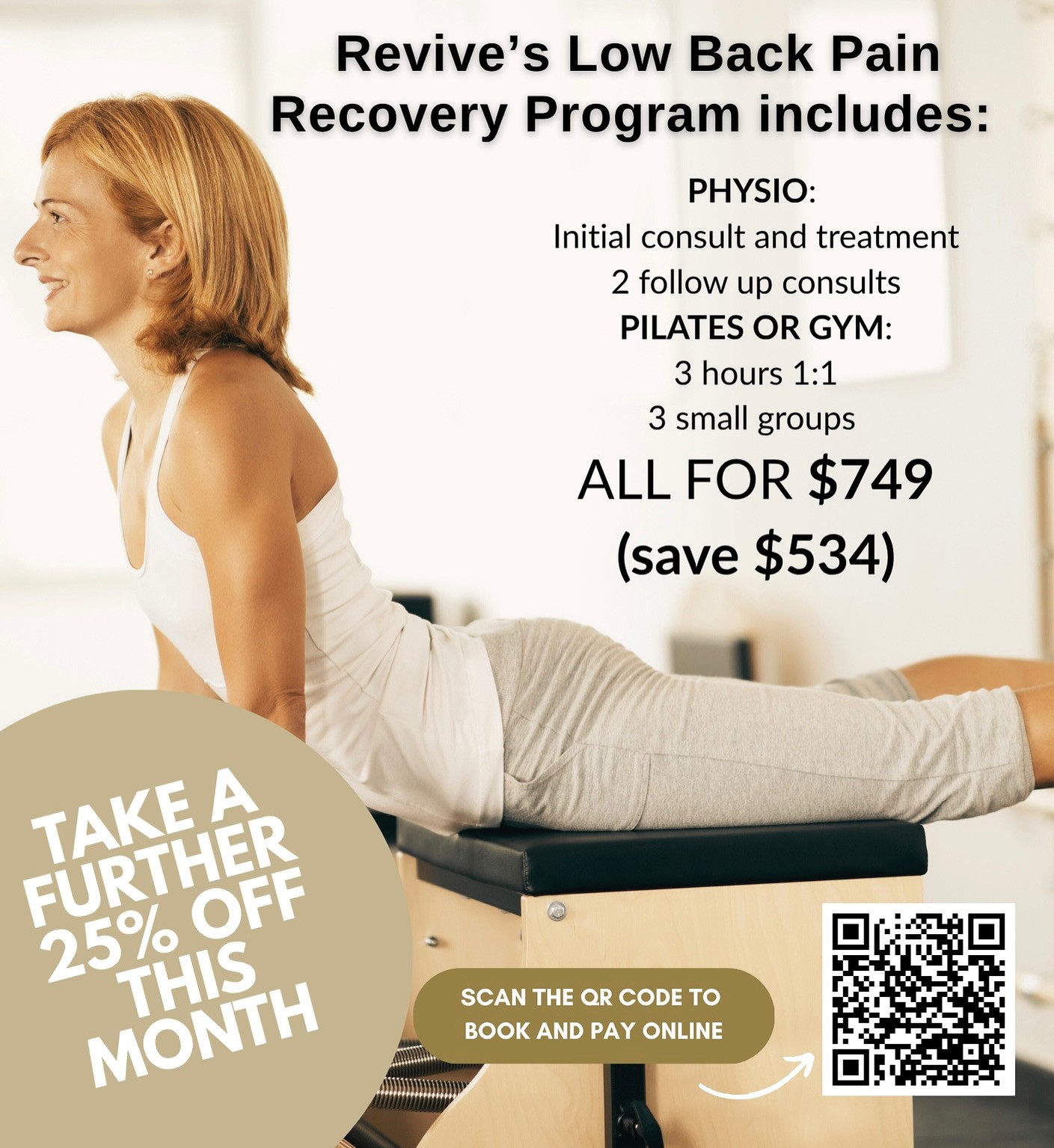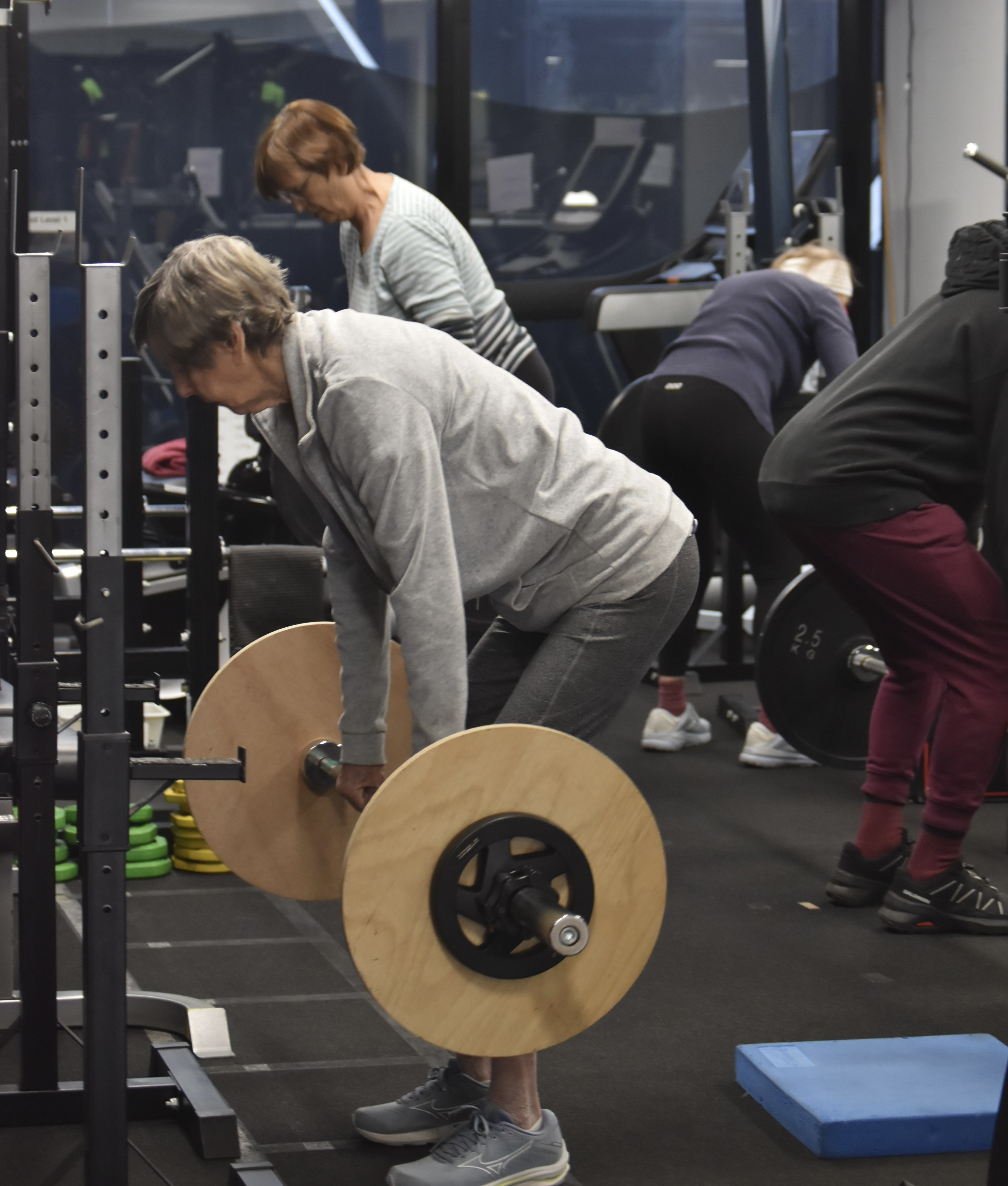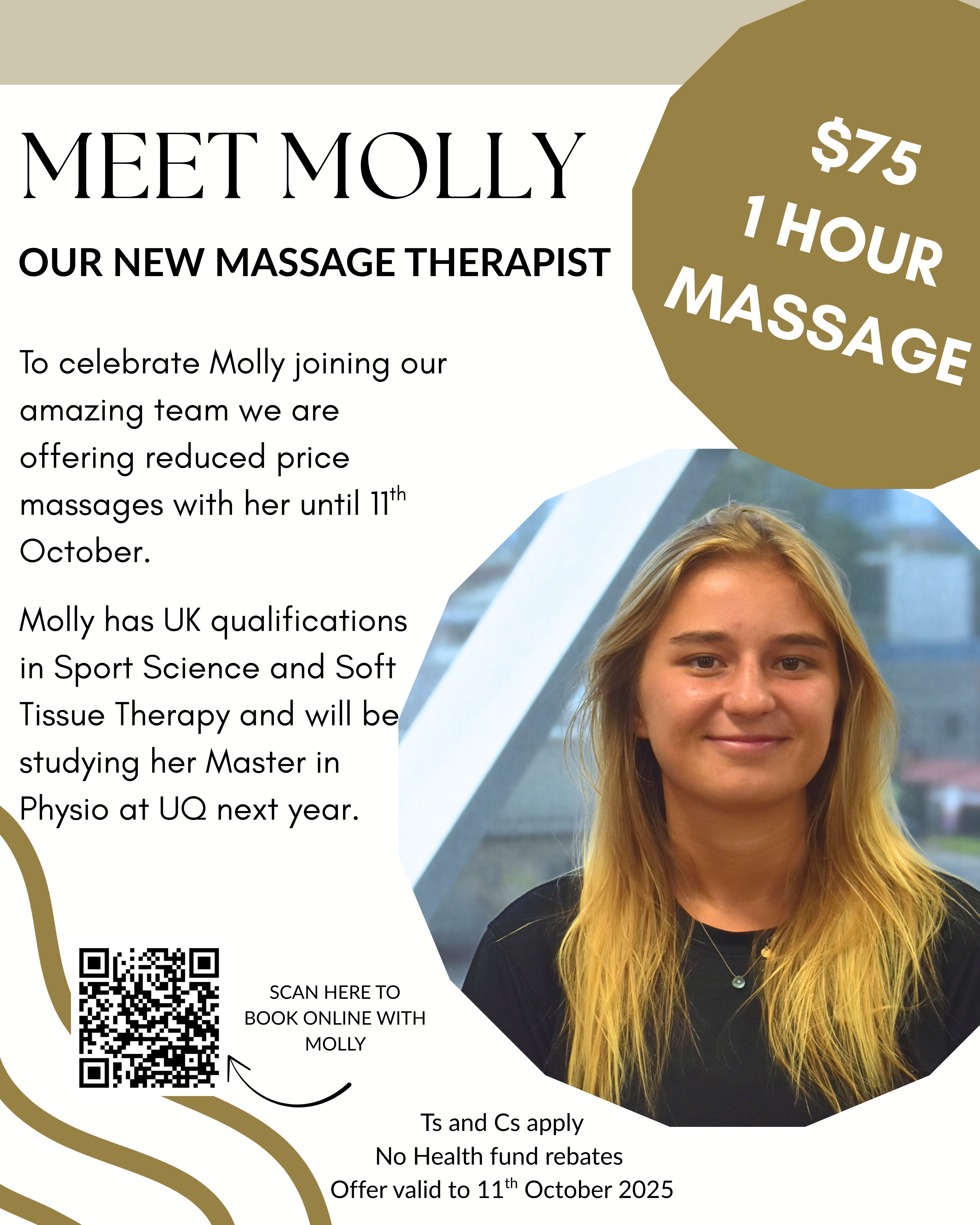Mastitis during breastfeeding - how physiotherapy can help
Physiotherapy in Mastitis Treatment
 Mastitis is a common condition that many breastfeeding mums may encounter, characterized by inflammation of the breast tissue. It often
presents with symptoms such as pain, redness, swelling, and warmth in the affected breast. Physiotherapy can provide an effective and
holistic approach to mastitis to alleviate symptoms and promote overall well-being for breastfeeding mums.
Mastitis is a common condition that many breastfeeding mums may encounter, characterized by inflammation of the breast tissue. It often
presents with symptoms such as pain, redness, swelling, and warmth in the affected breast. Physiotherapy can provide an effective and
holistic approach to mastitis to alleviate symptoms and promote overall well-being for breastfeeding mums.
Mastitis likely occurs when milk ducts in the breast become blocked, leading to the growth of bacteria and subsequent infection. This inflammation can cause pain and discomfort, making breastfeeding challenging. Symptoms often also include headache, fatigue, fever, and flu-like symptoms. Physiotherapy interventions aim to address the physical aspects of mastitis, providing relief from symptoms and promoting a quicker recovery.
Treatment for mastitis involves:
Ultrasound Therapy:
Ultrasound therapy involves the use of high-frequency sound waves to stimulate deep tissues. In the context of mastitis, ultrasound can help reduce inflammation and improve blood circulation in the affected breast. This non-invasive technique is applied by a physiotherapist using a handheld device, and it has been shown to alleviate pain and promote healing in the breast tissue.
Massage and Manual Lymphatic Drainage:
Gentle massage and manual lymphatic drainage techniques can aid in clearing blocked ducts and improving lymphatic flow. This can be taught by your physiotherapist.
Use of Heat and Ice:
Applying heat to the affected breast can help relax the muscles, reduce pain, and promote milk flow prior to feeds. Ice can be helpful post-feeds to reduce inflammation, swelling and pain.
Posture and Breastfeeding Techniques:
Physiotherapists can assess breastfeeding posture and provide guidance on optimal positions to reduce strain on the affected breast.
Exercise and Stretching:
Specific exercises and stretches can be recommended to strengthen the muscles around the breast and improve overall flexibility. These exercises may aid in preventing further blockages in the milk ducts and promote better breast health.
Mechanism of Ultrasound Therapy:
Ultrasound therapy for mastitis involves the use of a handheld device that emits high-frequency sound waves. These waves travel through the skin and underlying tissues, creating a gentle heat and/or micro massage, depending on settings used.
Benefits of Ultrasound Therapy for Mastitis

- Non-Invasive: Unlike traditional treatments that may involve invasive procedures or medications, ultrasound therapy is non-invasive, making it an attractive option for many patients.
- Pain Relief: The gentle heat generated by ultrasound waves can help to alleviate pain associated with mastitis, providing much-needed relief.
- Accelerated Healing: Ultrasound therapy stimulates cellular activity, contributing to the accelerated healing of damaged tissues and reducing the duration of mastitis symptoms.
- Reduced Reliance on Antibiotics: While antibiotics remain a crucial component of mastitis treatment, ultrasound therapy may allow for a more targeted and efficient use of antibiotics, potentially minimizing their side effects.
Mastitis should be treated within 24 hours of symptom onset for quick recovery. A big difference is often noticed within 1-3 sessions with a physiotherapist.
CLICK HERE TO BOOK ONLINE
.svg)





